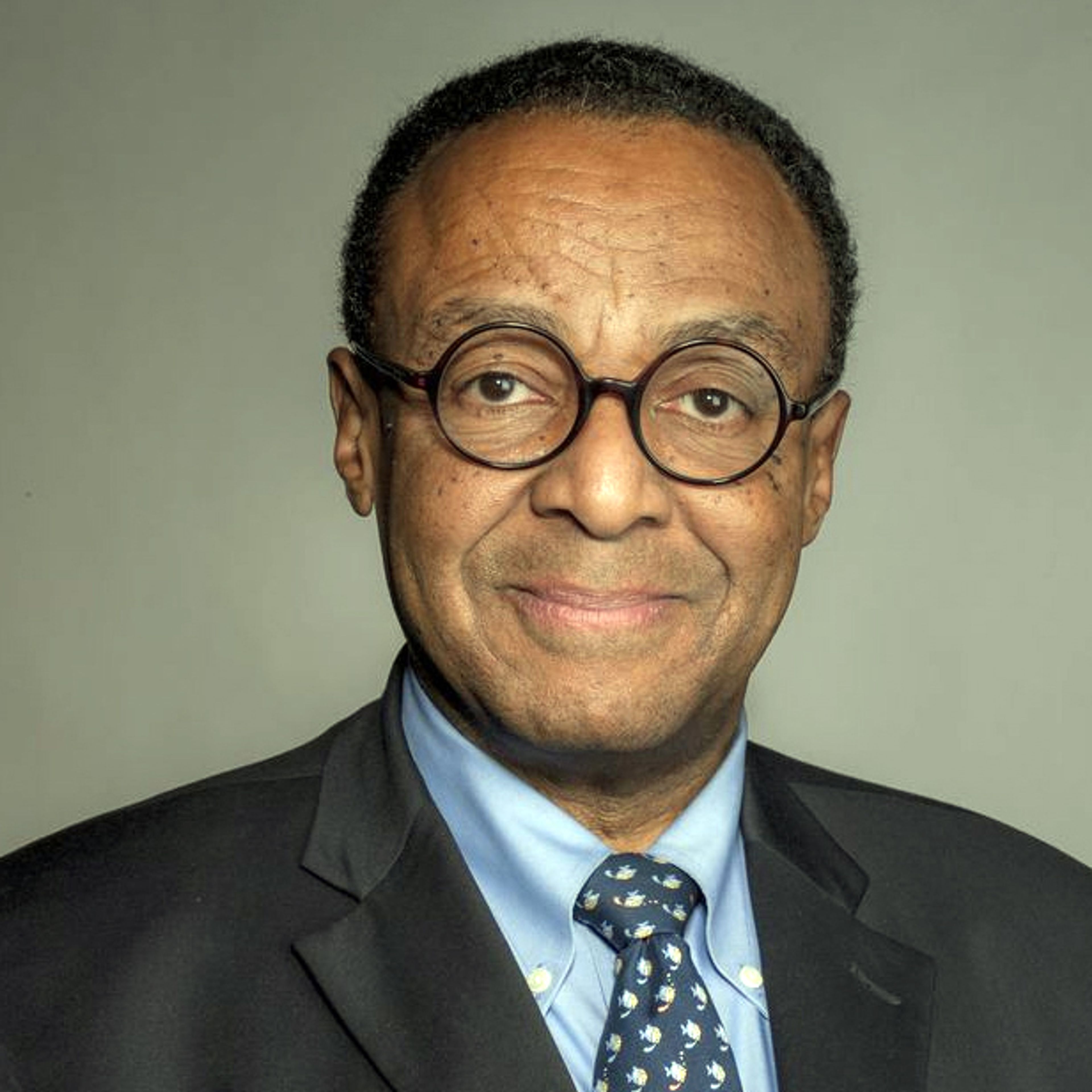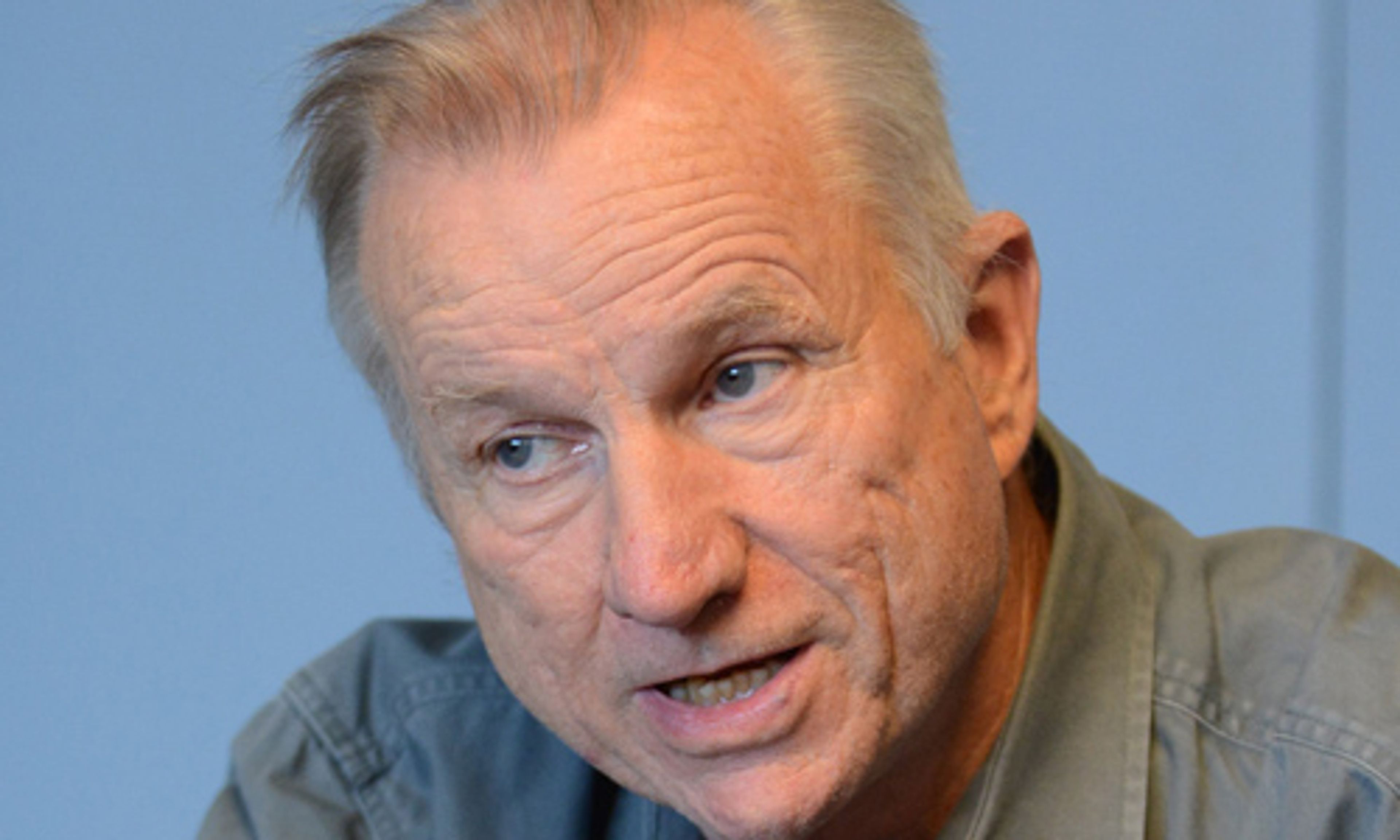OPINION: Read the full itinerary before boarding this train
Guest Editorial: Another Newspaper’s Opinion
This editorial was published in The Columbian of Vancouver, Wash.
———
Taking the train to Seattle or Eugene, Ore., is increasingly popular if not particularly fast. So would it make sense to invest the billions of dollars needed to create a 250-mph rail corridor that could whisk travelers between Portland and Seattle in less than an hour?
The Federal Railroad Administration thinks the idea is at least worth studying. Recently, Democratic Washington Sen. Maria Cantwell and several Washington Democratic members of Congress (but not Marie Gluesenkamp Perez, D-Skamania) issued a news release announcing a $49.7 million award for planning work for the proposed Cascadia High-Speed Rail project.
Specifically, the money will be used for route planning, identifying the needed capital projects and conducting community outreach. The Washington State Department of Transportation will kick in an extra $5.6 million.
The thought of a high-speed rail corridor is intriguing. A segment of Americans has always loved the concept of travel by train. Amtrak Cascades service, which is financially supported by Washington and Oregon, is increasingly popular though it’s slow. About 900,000 riders this year are expected to ride a segment between Vancouver, B.C., and Eugene, Ore. In 2023, an estimated 75,300 Cascades passengers embarked or disembarked at our local station, 1301 W. 11th St. Since then two more trains have been added, making 14 daily stops in Vancouver, not including other Amtrak overnight routes to and from Chicago and Los Angeles.
Supporters of the high-speed rail corridor tout it as an economic development engine. Even though the current rail corridor is not electrified, they see environmental benefits from getting private vehicles off the freeway.
“The Cascadia corridor is home to 10 million people and growing — bringing high-speed rail to the region will be transformative, allowing Washingtonians to travel much faster and more easily between Vancouver, Seattle, Portland and communities in between,” said Sen. Patty Murray, D-Wash., in the news release.
But before we all climb on the Cascadia bandwagon — er, train — some tough questions must be asked and answered.
The first question surrounds cost overruns. The Los Angeles Times recently reported that a long-planned high-speed rail corridor between Los Angeles and San Francisco is now estimated to cost $100 billion more than the $33 billion that was estimated in 2008. There’s no clear timeline for its completion, the Times reported. And even though construction is underway along a 119-mile stretch, some Republicans are still trying to kill it.
“High-speed rail, in short, is a staggering waste of taxpayer dollars that fails to meet the transportation needs of either today or tomorrow,” said U.S. Rep. Kevin Kiley, R-Calif., of Rocklin, a suburb of Sacramento.
Supporters counter that high-speed rail has been effective and efficient in European countries and in Japan. Can those successes be replicated in the western United States’ car culture, where places are spread out and the top transportation choice is the Ford F-150 pickup truck?
Operating costs also must be thoroughly vetted. It costs a lot of money to run passenger rail, as C-Tran’s board found out recently when they were told it will cost $21.8 million a year to operate an extension of Tri-Met’s MAX Yellow Line from the Portland Expo Center to Clark College. (To be fair, that number also includes operating costs of express buses.)
High-speed passenger rail might be just the ticket for the Pacific Northwest. But before we jump on the train, we need to understand the itinerary.
TNS







